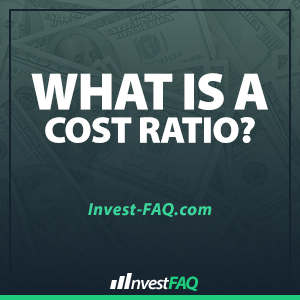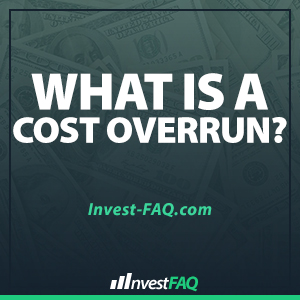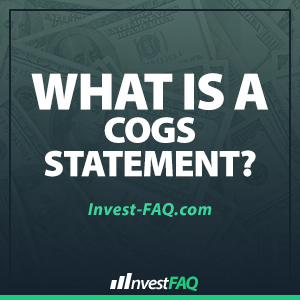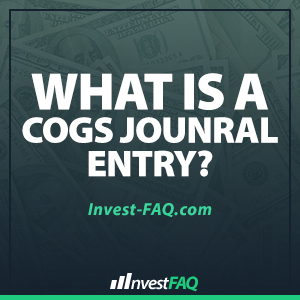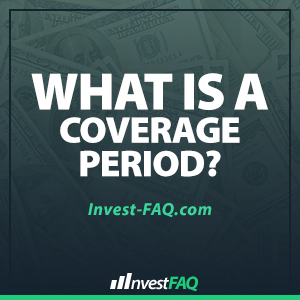Cost RatioContents A cost ratio measures the relationship between a company’s specific cost or group of costs and a related metric, such as sales revenue, production volume, or another cost. It’s expressed as a percentage or a fraction, providing insights into efficiency, profitability, and financial health. In business, cost ratios are used to evaluate operational
What Is a Cost Pool?
Cost PoolContents A cost pool is a collection of indirect costs grouped together based on their similarity. In accounting, these pools are used to allocate indirect costs more accurately to cost objects, such as products, services, or departments, based on relevant allocation bases. Cost pools are integral to cost accounting, especially within businesses that have
What Is a Cost Plus Contract?
Cost Plus ContractContents A cost plus contract is a type of agreement where the buyer agrees to cover the seller’s actual costs, plus a specified percentage of these costs or a fixed fee as profit. This contract format is widely used in industries where the scope of a project is not fully defined at the
What Is a Cost Overrun?
Cost OverrunContents A cost overrun occurs when the actual cost of a project, operation, or transaction exceeds the original budget or estimate. It is a common challenge in various industries, indicating a deviation from planned financial allocations and often leading to financial stress for businesses undertaking large projects. Cost overruns are particularly prevalent in construction,
What Is a Cost of Goods Sold Statement?
Cost of Goods Sold StatementContents A cost of goods sold (COGS) statement is a financial report that details the direct costs attributable to the production of the goods sold by a company. This statement includes costs such as raw materials, direct labor, and manufacturing overhead, providing a breakdown of how the final COGS figure on
What Is a Cost of Goods Sold Journal Entry?
Cost of Goods Sold Journal EntryContents A cost of goods sold (COGS) journal entry is an accounting record that reflects the direct costs attributable to the production of goods sold by a company. This entry decreases inventory and increases the COGS expense, aligning the cost of inventory sold with the revenue it generates, which is
What Is a Comfort Letter?
Comfort LetterContents A comfort letter is a document provided by an auditor to a third party, usually a financial institution or an underwriter, confirming the audited financial information of a company. It offers assurance regarding the financial statements and disclosures made by a company, typically in connection with financial transactions or securities offerings. Comfort letters
What Is a Coverage Period?
Coverage PeriodContents A coverage period refers to the span of time during which an insurance policy or service agreement is active and provides protection or coverage to the insured party. It is a critical term in both insurance and service contracts, defining the exact duration for which the terms of the contract are enforceable and
What Is a Covenant?
CovenantContents A covenant in a business context refers to a formal agreement or promise within a contract that stipulates certain conditions, actions, or restrictions that the involved parties must adhere to. In finance and real estate, covenants are often used to protect the interests of lenders or property owners by ensuring certain standards are maintained
What Is a Coupon?
CouponContents A coupon, in financial terms, refers to the annual interest payment made to bondholders, expressed as a percentage of the bond’s face value. It represents the reward investors receive for lending their money and is a critical factor in the valuation and yield of a bond. In business, coupons serve as a tool for

